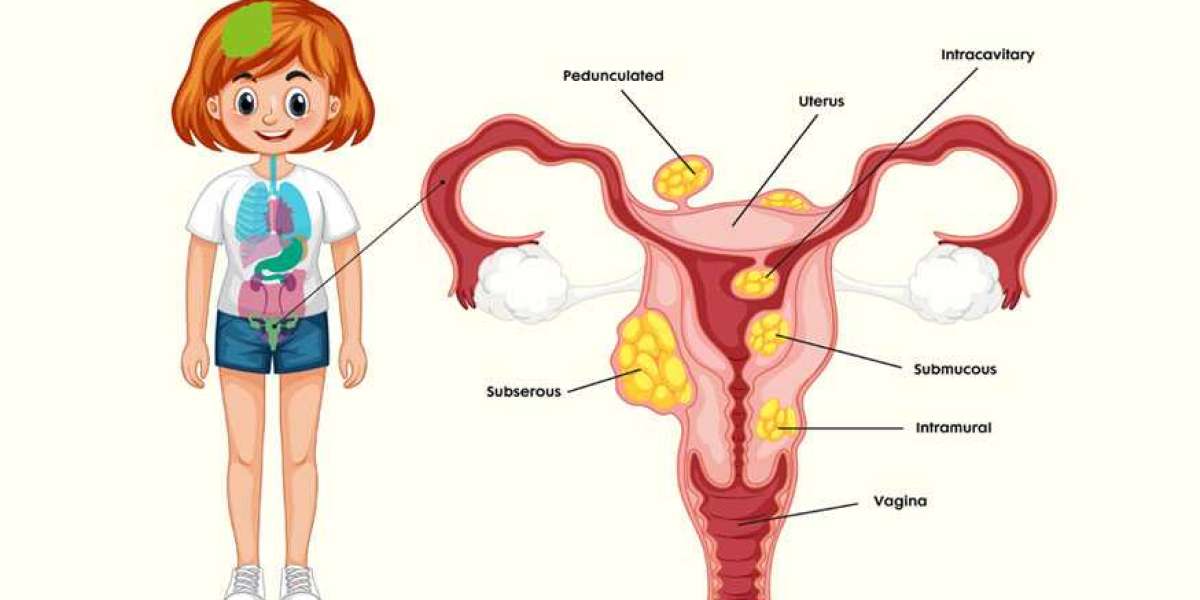Understanding Uterine Fibroids
Uterine fibroids, also known as leiomyomas or myomas, are non-cancerous growths that develop in the uterus. These tumors can vary in size and number, often affecting a woman’s health in significant ways. Symptoms may include heavy menstrual bleeding, pelvic pain, and frequent urination. Managing uterine fibroids effectively is crucial for maintaining quality of life.
Diagnosing Uterine Fibroids
Early diagnosis of uterine fibroids is essential for effective treatment. Diagnosis typically involves:
- Pelvic Exam: A physical examination by a healthcare provider can reveal abnormalities in the uterus.
- Ultrasound: This imaging test uses sound waves to create images of the uterus, helping to identify fibroids and assess their size and location.
- MRI: Magnetic Resonance Imaging provides detailed images and is useful for evaluating the extent of fibroids and planning treatment.
Treatment Options for Uterine Fibroids
Medication-Based Treatments
Medication can be a first-line treatment for managing symptoms and shrinking fibroids. Common options include:
- Hormonal Therapies: Birth control pills or hormonal IUDs can help control heavy bleeding and pain associated with fibroids.
- GnRH Agonists: These drugs reduce estrogen levels, leading to a temporary reduction in fibroid size.
- Progestin Releasing Intrauterine Device (IUD): Helps manage bleeding and pain by delivering progestin directly to the uterus.
Surgical Treatments
In cases where medication is ineffective or fibroids are causing significant problems, surgical options might be necessary:
- Myomectomy: A surgical procedure to remove fibroids while preserving the uterus. This is often recommended for women who wish to retain their fertility.
- Hysterectomy: The removal of the uterus, which is a definitive treatment for fibroids. This procedure is typically considered when other treatments have failed or if the fibroids are severely affecting quality of life.
Non-Surgical Procedures
Several minimally invasive procedures can be effective in treating uterine fibroids:
- Uterine Artery Embolization (UAE): This procedure involves blocking the blood vessels that supply the fibroids, causing them to shrink.
- Focused Ultrasound Surgery (FUS): Uses high-intensity ultrasound waves to destroy fibroid tissue without making any incisions.
- Endometrial Ablation: Removes or destroys the lining of the uterus to reduce heavy bleeding caused by fibroids.
Managing Uterine Fibroids at Home
In addition to medical treatments, lifestyle changes can play a role in managing fibroid symptoms:
- Diet and Exercise: Maintaining a healthy diet and regular exercise can help manage weight and improve overall health, potentially alleviating some symptoms.
- Stress Management: Practices such as yoga, meditation, and mindfulness can help reduce stress, which may impact fibroid symptoms.
When to Seek Medical Advice
If you experience symptoms of uterine fibroids or have concerns about your health, it is essential to consult with a healthcare provider. Early intervention can prevent complications and provide more treatment options. Be sure to discuss all available treatments, their potential benefits, and risks with your healthcare provider to make an informed decision.
Conclusion
Uterine fibroids can significantly impact a woman’s health and quality of life, but with appropriate treatment and management, it is possible to control symptoms and improve overall well-being. Flowcare is committed to providing comprehensive information and support for those seeking effective uterine fibroids treatment. Explore your options and work closely with your healthcare provider to find the best approach for your needs.
For more personalized advice and treatment options, reach out to Flowcare for expert guidance on managing uterine fibroids and enhancing your health.
